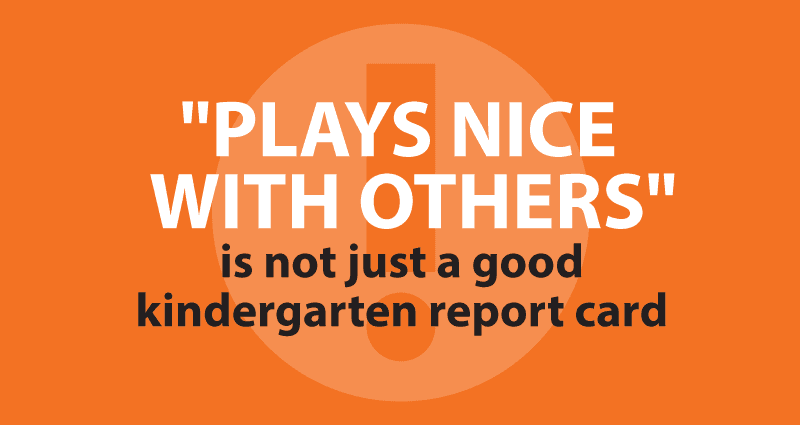
Does your website play nice with others?
Wouldn’t it be a better world if everyone could just get along? That simple idea, interoperability, is one of our guiding principles for building credit union websites.
Everything online should work together smoothly with everything else. Your online banking login should look like it belongs on your site, and when members log in, they should know at a glance that they’re still dealing with your credit union.
The same goes for your email, social media, chat, MCIF or CRM, and offline media — the goal is a consistent brand experience, with a unique mix of capabilities perfect for your members. How do you make sure that happens?
Insist on it
If you’re looking at, for example, a new website or email marketing system, make interoperability one of your most important criteria. How flexible is the system? Can you just pick out a few custom colors and upload a logo, or do you get complete control over the CSS so you can make it look like your system? Can you customize the error messages? Can you integrate it fully into your website, or does it look like a mistake that got pasted in? This stuff gets technical, so you may want to ask your web developers for their input to make sure you’re not buying into a closed system.
Build for it
One of the primary reasons we build credit union websites using WordPress is the huge potential for customization with plugins. Plugins are pieces of programming you can add to a WordPress site to do everything from placing social media sharing buttons on each page to full-blown event managers, FAQ databases, integration with CRM and email marketing platforms, maps, chat, search, SEO, tracking, and much more. Every credit union has a different mix of needs and goals, so every website we build uses a different mix of plugins.
The same goes for other integrations, as well — your web platform should make it easy for your developers to make the code changes needed to easily integrate online banking, loan apps and other secure forms, chat, etc.
Design for it
When we build a website for a credit union, the design process often kicks off a review and revamping of other materials as well — “can we make everything else look as cool as the new website?” Wherever the process starts, your brand standards must be flexible enough to suit different media, but rigid enough to be clear no matter what. Plus, brand standards should cover topics like interfaces, error messages, tone and voice of copy, different screen sizes on different devices, RGB and hex color codes, transparency, online type, and image standards.
“Plays nice with others” is not just a good kindergarten report card — interoperability is crucial for every aspect of your online and offline brand.
- OMG! The Overwhelmed Marketers Guide to Year-End - December 4, 2024
- Start Credit Unions to Save Credit Unions - November 7, 2024
- Five ways you’re scaring members away - October 29, 2024
